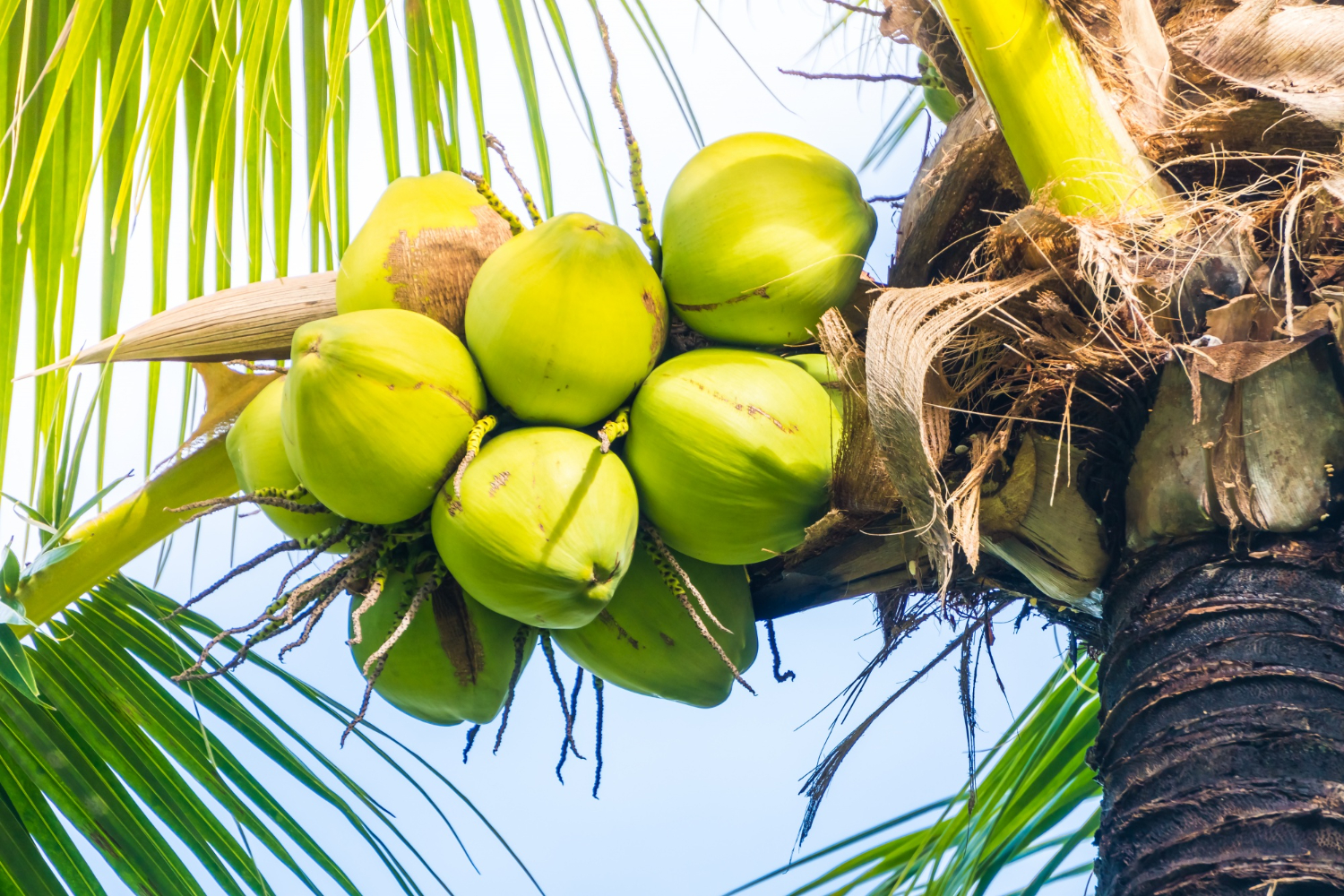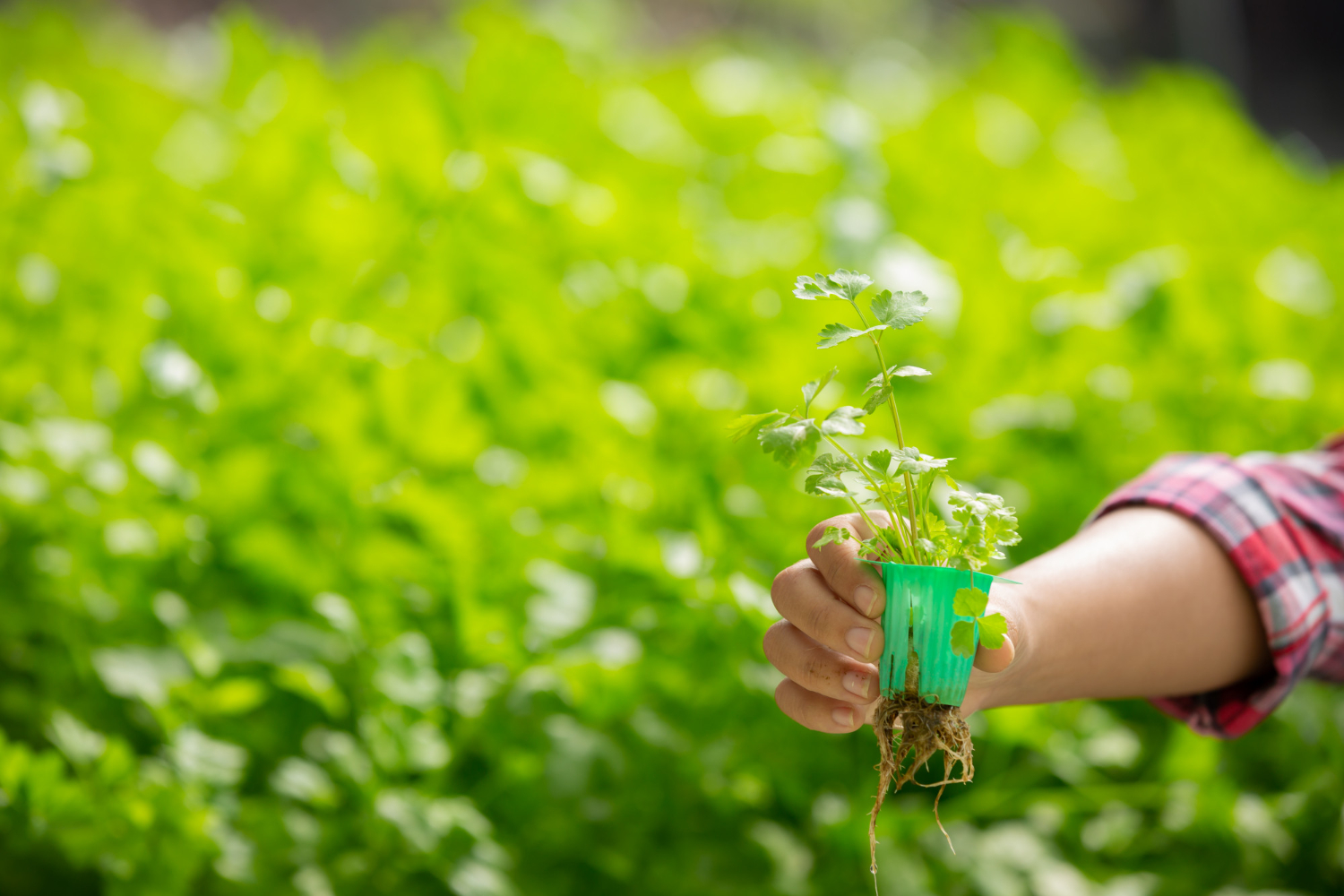MINISTRY OF TEXTILE
In India, the Ministry of Textiles is a pivotal governmental entity tasked with formulating policies, organizing, developing, promoting exports, and overseeing the textile sector. The ministry is in charge of a broad range of textile-related operations, including the production of synthetic and natural fibres including cotton, wool, silk, and jute. It is essential to raising the output, calibre, and competitiveness of Indian textiles on the international stage.
OBJECTIVES
- Promote Growth and Development: Enhance the overall growth and development of the textile industry.
- Sustainability: Foster sustainable practices in textile production and processing.
- Global Competitiveness: Increase the global competitiveness of Indian textiles and garments.
- Employment Generation: Create employment opportunities, particularly in rural and semi-urban areas.
- Skill Development: Upgrade the skills of the workforce in the textile sector.
FUNCTION OF THE MINISTRY OF TEXTILES:
- Policy Formulation and Implementation: The organization develops and executes policies aimed at the growth and development of the textile industry, focusing on modernization, technology upgrades, and enhancement of textile production.
- Support for Handlooms and Handicrafts: Promotes traditional handloom and handicraft sectors, providing financial support, skill development, and market access to artisans and weavers.
- Infrastructure Development: Supports the establishment of textile parks, clusters, and integrated regions, focusing on the creation of modern infrastructure to enhance production efficiency.
- Export Promotion: Promotes Indian textiles globally and supports textile exports through various schemes, such as trade fairs and exhibitions.
- Skill Development and Training: Implements training programs to enhance the skills of workers and artisans in the textile sector, thereby improving their employability and productivity.
- Research and Development: Promotes research and development activities to enhance textile technologies and products, and supports institutions and organizations involved in textile research.
- Regulation and Quality Control: Ensures the adherence to national and international standards for textile products, and implements quality control and certification measures for these goods.
- Sustainable Practices: Ensures the adherence to national and international standards for textile products, and implements quality control and certification measures for these goods.
SCHEMES UNDER MINISTRY OF TEXTILE
- Amended Technology Upgradation Fund Scheme (ATUFS)
- Scheme for Integrated Textile Parks (SITP)
- National Handloom Development Programme (NHDP)
- Power Tex India
- Silk Samagra
- Jute ICARE
- National textile policy (NTP)
- Integrated textile policy
- Skill Development Initiatives
IMPACT AND SIGNIFICANCE
- Economic Contribution: India’s GDP and foreign exchange revenues are significantly influenced by the textile sector.
- Employment generation: Millions of people are employed especially in rural and semi-urban areas.
- Global Presence: Through more exports, strengthens the position of Indian textiles in international markets.
- Cultural Heritage: Promotes and preserves India’s rich history of handicrafts, handlooms, and traditional textiles.
- Sustainable Development: Encourages ecologically responsible and sustainable business practices.
MINISTRY OF TEXTILE
-
Introduction
- Objectives
- Function
- Schemes
- Significance
In India, the Ministry of Textiles is a pivotal governmental entity tasked with formulating policies, organizing, developing, promoting exports, and overseeing the textile sector. The ministry is in charge of a broad range of textile-related operations, including the production of synthetic and natural fibres including cotton, wool, silk, and jute. It is essential to raising the output, calibre, and competitiveness of Indian textiles on the international stage.
- Promote Growth and Development: Enhance the overall growth and development of the textile industry.
- Sustainability: Foster sustainable practices in textile production and processing.
- Global Competitiveness: Increase the global competitiveness of Indian textiles and garments.
- Employment Generation: Create employment opportunities, particularly in rural and semi-urban areas.
- Skill Development: Upgrade the skills of the workforce in the textile sector.
- Policy Formulation and Implementation: The organization develops and executes policies aimed at the growth and development of the textile industry, focusing on modernization, technology upgrades, and enhancement of textile production.
- Support for Handlooms and Handicrafts: Promotes traditional handloom and handicraft sectors, providing financial support, skill development, and market access to artisans and weavers.
- Infrastructure Development: Supports the establishment of textile parks, clusters, and integrated regions, focusing on the creation of modern infrastructure to enhance production efficiency.
- Export Promotion: Promotes Indian textiles globally and supports textile exports through various schemes, such as trade fairs and exhibitions.
- Skill Development and Training: Implements training programs to enhance the skills of workers and artisans in the textile sector, thereby improving their employability and productivity.
- Research and Development: Promotes research and development activities to enhance textile technologies and products, and supports institutions and organizations involved in textile research.
- Regulation and Quality Control: Ensures the adherence to national and international standards for textile products, and implements quality control and certification measures for these goods.
- Sustainable Practices: Ensures the adherence to national and international standards for textile products, and implements quality control and certification measures for these goods.
- Amended Technology Upgradation Fund Scheme (ATUFS)
- Scheme for Integrated Textile Parks (SITP)
- National Handloom Development Programme (NHDP)
- Power Tex India
- Silk Samagra
- Jute ICARE
- National textile policy (NTP)
- Integrated textile policy
- Skill Development Initiatives
- Economic Contribution: India’s GDP and foreign exchange revenues are significantly influenced by the textile sector.
- Employment generation: Millions of people are employed especially in rural and semi-urban areas.
- Global Presence: Through more exports, strengthens the position of Indian textiles in international markets.
- Cultural Heritage: Promotes and preserves India’s rich history of handicrafts, handlooms, and traditional textiles.
- Sustainable Development: Encourages ecologically responsible and sustainable business practices.








